There is a fine line between charity and vanity, and in a social media-crazed society, Americans all too often blur that line.Victims of the white-savior complex, who often double as the “Insta-famous” weekend warrior, may enter the convoluted world stage with positive intentions, but usually leave behind unintended consequences.
These misguided volunteers, who are usually Americans on service trips to destitute areas, thrive on the images of the smiles of impoverished children. In these images, the self-appointed caretaker is often featured as the focal point of happiness and progress. After an abbreviated stay on-location, the savior returns home, basking in their own charitability, often never to return.
While optimistic, the idea of a short-term volunteer campaign creating lasting success is naive. Without truly addressing the region’s needs by working with local professionals and organizations, these charitable campaigns end when the cameras are turned off.
Believing that any Westerner can affect significant change, regardless of profession, skill or background knowledge, downplays the perplexing issues that the underdeveloped world has dealt with for centuries, while advancing the paternalistic narrative that lasting change can only come from the minds of the former colonizers. These fleeting volunteer missions don’t often spark significant development, and leave behind a deeply damaging mindset for developing countries trying to get out of the dark shadows of colonial times.
Enter Cornell University Sustainable Design (CUSD).
Founded at Cornell in 2009, CUSD prides itself on its ability to engineer, design and construct sustainable projects meant to last the test of time. The interdisciplinary design team, made up of Cornell’s brightest students, responds to local needs by partnering with local professionals in the field. The goal is to create a non-invasive design that works within the parameters of the area’s capabilities and available resources.
A meticulous approach, consisting of extensive research and significant field work, ensures that the team will avoid the ineffectual myopia of the white savior. With this group there’s no posturing, no gallivanting in their own vanity. Any preconceived notion of what these poor communities “need” is left behind, as they lend an open ear to the needs of the locals. They work to fill a hole left in a region, but, unlike the weekend warriors, they work alongside professionals in the community.
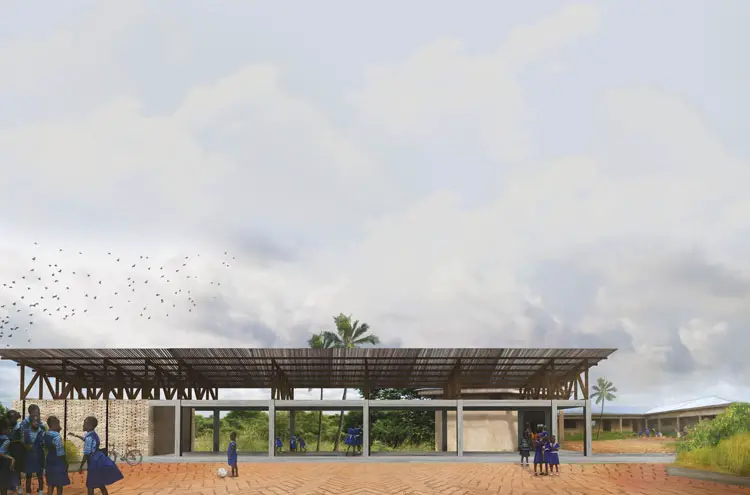
Early projects with CUSD started to form the mold of their sustainable design, while paving success for future endeavors. The group’s first major project began with the Schoolhouse South Africa design in 2010. The team developed and constructed a school outside of Johannesburg, South Africa. The design was built to be completely sustainable.
The building is low-tech, has passive heating and cooling systems, with natural lighting, leaving essentially no environmental impact, while requiring little resources to keep it up and running. According to Samuel Turer, a Cornell junior who serves as the executive director of project identification and expansion for CUSD, the project was “so successful, they wanted an evening session as well. We needed to come back and install solar panels for night classes.”
The team kept the ball rolling with another success two years later, with Sustainable Neighborhood Nicaragua. In collaboration with the Nicaraguan non-profit organization SosteNica, CUSD developed a sustainable design similar to the schoolhouse in South Africa. This time the design was a community-based, locally sourced, low-tech model home.
The design was developed to withstand a 5.0 magnitude earthquake. It was later put to the test, as several years after construction, the neighborhood received a 5.7 earthquake. The model home was the only structure in the village to remain standing. The design was so well received that SosteNica used it as a model to construct similar structures throughout the country.
It was then that Cornell University Sustainable Design came across its most ambitious project yet. In 2014, CUSD discovered an opportunity to do a project with a non-governmental organization (NGO) with a simple, yet complicated mission—educating girls in Ghana.
In Africa, approximately 40 percent of women lack access to basic education, leading to about twenty-eight million girls between the ages of six and fifteen never entering in a classroom setting. In Ghana, the issue is particularly relevant. Far fewer Ghanaian girls finish their education than Ghanaian boys. This issue has been prevalent in Ghana for a number of reasons.
A large part of the discrepancy comes down to accessibility. Two-thirds of Ghana’s population are farmers. Because of the large farming community, many families aren’t close enough to schools, and aren’t able to afford sending all of their children to campus. Although, all too often it is the sons who get that opportunity, leaving the daughters behind to do housework.
A major driver of the discrepancy comes down to deeply rooted cultural gender roles. Ghana, like many countries across the globe, have ingrained beliefs that the women’s place is in the home, to provide and maintain a family. While education is simply not an option for some of these communities, young boys often receive opportunities young girls will never see.
That being said, there are many people in Ghana who do not conform to these widely held gender roles. Former chief financial officer of the United Nations, Nana Fosu-Randall, certainly has become the voice of this movement. Fosu-Randall, a native Ghanaian, formed Voices of African Mothers (VAM) as a way to establish a voice for the disenfranchised girls and women across the continent.
Using education as a platform, VAM and its humanitarian founder believe they can empower women to create an egalitarian society throughout Africa. It all begins with providing a positive example of educated young women in the forefront of the movement. According to Fosu-Randall’s daughter and current project manager for VAM, Kachina Randall, “They would become leaders in their communities with an equal voice, creating an understanding among all people.”
Fosu-Randall began this process back in 1997, when she established the John William Montessori school in Kumasi, Ghana. The school started small, with only thirty-six attendees. However, after a large influx of donations, the school now holds seven hundred and fifty students, with an annual graduation rate of around forty students.
From there, with the development of VAM’s Girl Academy, the organization continued to create a more inclusive environment for girls across Africa and Ghana. The vision for the academy isn’t as simple as developing an all-girls school. Rather, VAM hope to create a community serving as a microcosm of its mission statement: A self-sufficient village meant to break the restrictive stereotypes of what women in Africa can be.
According to Randall educating girls sends a message: “We women are equally important. We can lead. We are useful outside of the home. We are capable when given the opportunity.” The designed VAM Village in the Sogakope region of Ghana represents a more inclusive Ghana.
VAM reached out to CUSD as a way to make this vision a reality. In 2014, the two organizations began collaborating for CUSD’s latest venture, Sustainable Education Ghana (SEG). For the last four semesters, CUSD students have worked tirelessly to design the academy at the center of VAM’s grand concept. As a way to establish connections with local professionals and understand the needs for the project, the CUSD team sent three of its members to Ghana in 2015.
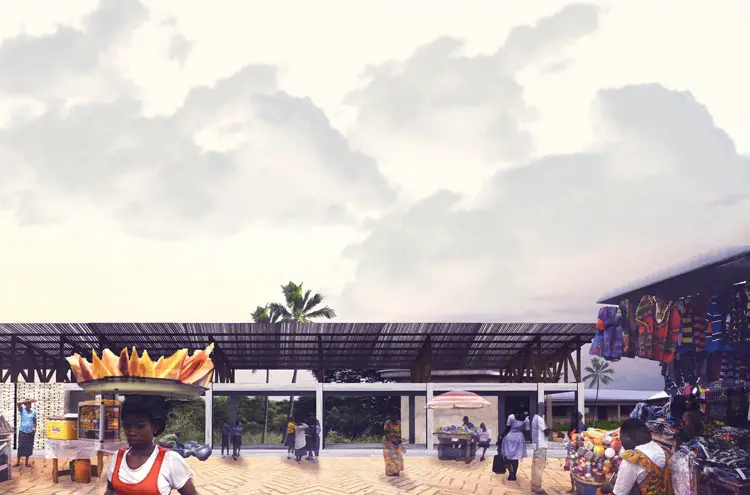
The group of three included Claudia Nielsen and Arielle Tannin, SEG’s two project directors. The trip provided a unique insight, not only to the resources available for development in the region, but also context for VAM’s work in the region. The team was able to interview professional Ghanaian developers, while also visiting the development site in the Sogakope region and witnessing Randall’s earlier success, following a visit to John William Montessori school. After that point, the CUSD team went into a strenuous amount of research and development, culminating in a completed design revolving around absolute sustainability.
CUSD gets its name from its ability to provide environmental, economic and social sustainability. The SEG design certainly addresses each component. Like previous projects, the design focuses on using local materials to maximize the available resources on hand, as an economical approach, but also ensures that the development can be maintained over time.
The design includes the use of rammed-mud bricks, which according to SEG architect and Cornell senior Alex Zink, work like normal bricks, but they’re made from mud, so they’re not too far away and are dried naturally. This makes sure that unnecessary resources aren’t expended, while avoiding burning fossil fuels.
To heighten the sense of sustainability, the site makes sure the school wouldn’t be too dependent on electricity. Electricity isn’t as readily available in Ghana, so the design has several features that account for the unreliable access. According to Zink, in lieu of air conditioning, the classrooms are pointed toward the wind to capture breeze. In addition, there will be solar panels installed for night time use and refrigeration, so when electricity is required, it doesn’t mean that fossil fuels have to be burned.
Both VAM and CUSD have shown lasting success begins with the small first step.
At the time of this writing, the design is finished. The only thing left to do in the project is fundraising and construction. By incorporating modular construction, SEG plans to essentially start small and grow from there. Using the original chunk of funding, the CUSD team will head out to Ghana this summer for the initial construction of the school building.
After the school is up and running, VAM can use the partner’s success to provide further marketing for the fundraising campaign. VAM envisions the success of the school will allow it to become a boarding school and eventually a fully sustainable village. Both VAM and CUSD have shown lasting success begins with the small first step.
For the students of CUSD, this project has given them an unbeatable networking opportunity. Their work with professionals at home and overseas provide limitless possibilities for life after graduation. More importantly, it provided an exclusive perspective into the development and education in a country that couldn’t be more different than their homes. For the future students of VAM’s Girl Academy in VAM Village, this community offers a level of inclusion and empowerment, destined to create future leaders of a new Ghana.


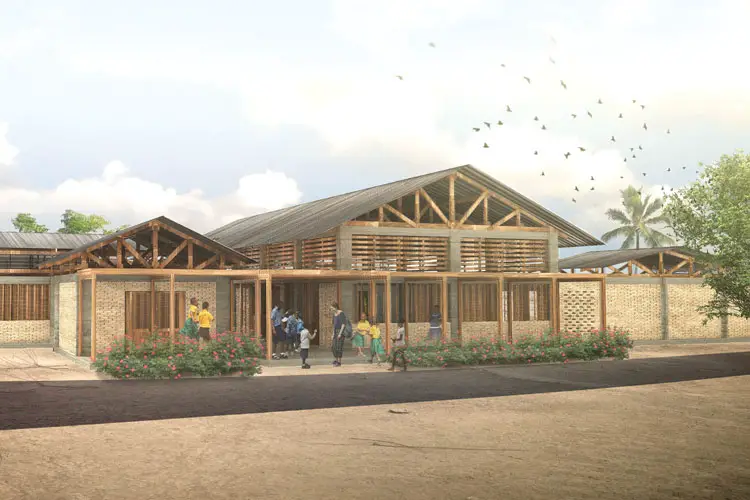

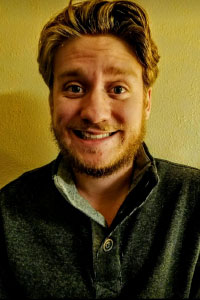
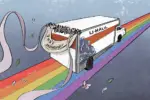












[…] from Cornell University are working with Voices of African Mothers, to create a self-sustaining school for Ghanaian […]